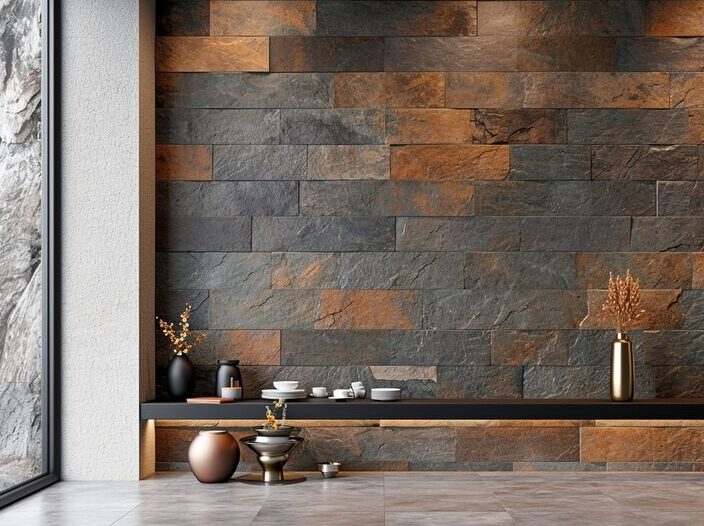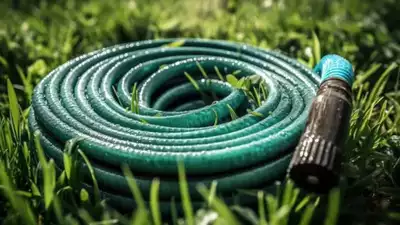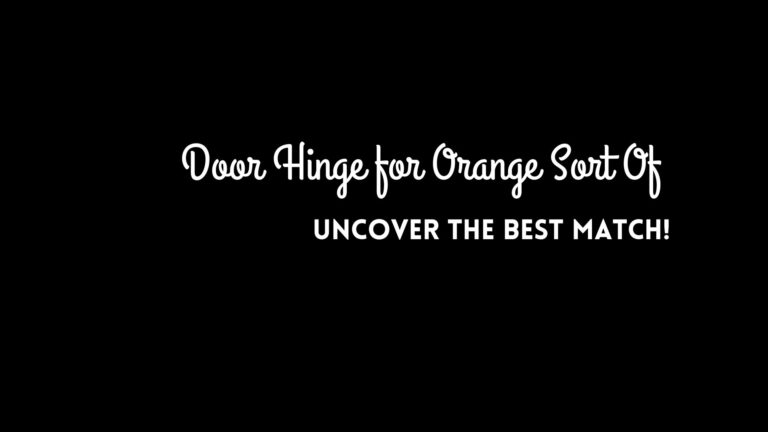Innovative Applications of Epoxy Flooring: A New Era in Surface Solutions
Imagine walking into a room where the floor appears to be a flowing river of molten metal, shimmering under the light, or stepping into a space where the ground beneath your feet feels like walking on a starry sky. These aren’t scenes from a sci-fi movie but examples of what’s possible with epoxy flooring. Far from being a utilitarian choice, Expert Epoxy highlights how epoxy is now at the forefront of a revolution in interior design, offering applications that challenge the conventional understanding of what a floor can be.
In this article, we’ll journey through some of the most innovative and unexpected applications of epoxy flooring, revealing how this versatile material is reshaping not only floors but entire environments.
Beyond the Floor: Epoxy as an Artistic Medium
Epoxy flooring has traditionally been associated with industrial spaces and garages, but designers are now pushing its boundaries far beyond these roots. Today, epoxy is being used as an artistic medium, transforming spaces into immersive experiences.
- Epoxy as an Artistic Canvas
- Floor to Wall Continuity: One of the most innovative uses of epoxy is its ability to create a seamless transition from floor to wall. In high-end retail spaces, showrooms, and even luxury homes, designers are using epoxy to cover entire surfaces, creating a continuous flow that blurs the lines between where the floor ends, and the wall begins. This technique not only enhances the visual impact of a room but also creates a cohesive, unified aesthetic that feels immersive.
- Epoxy Murals: While epoxy is most commonly associated with flooring, it can also be used to create stunning wall murals. By layering different colors and textures, artists can create large-scale, three-dimensional art pieces that serve as both functional surfaces and visual focal points. These murals can be used to tell a story, reflect the identity of a space, or simply add an element of surprise to an otherwise ordinary environment.
- Epoxy in Unexpected Spaces:
- Ceilings and Beyond: If you think epoxy is limited to floors and walls, think again. Designers are now experimenting with epoxy on ceilings, using its reflective properties to create an illusion of height and space. Imagine walking into a room where the ceiling appears to be a mirror-like expanse or a swirling galaxy of colors. The possibilities are as limitless as the imagination, transforming ceilings from overlooked surfaces into integral parts of a room’s design.
- Furniture and Fixtures: Another exciting application of epoxy is in custom furniture and fixtures. From countertops and tables to sinks and bathtubs, epoxy’s durability and versatility make it an ideal material for creating one-of-a-kind pieces. These items can be designed to match or complement the flooring, creating a unified look, or they can stand alone as statement pieces that add character and flair to any room.
The Science of Epoxy: Pushing the Boundaries of Design
Behind the beauty of epoxy flooring lies a world of science and technology that is constantly evolving. These advancements are pushing the material to new heights, allowing designers to create effects and applications that were previously unimaginable.
- Luminescent Epoxy:
- Lighting Up Spaces: One of the most exciting developments in epoxy technology is the creation of luminescent or glow-in-the-dark epoxy. By incorporating phosphorescent materials into the epoxy mix, designers can create floors that emit a soft, ethereal glow in low-light conditions. This effect can be used to create ambient lighting in spaces like bedrooms, bathrooms, or even outdoor patios, where a gentle glow can enhance the mood without the need for traditional lighting.
- Safety and Aesthetics Combined: Luminescent epoxy isn’t just about aesthetics—it also has practical applications. In commercial or public spaces, it can be used to mark pathways, emergency exits, or other important areas, enhancing safety while adding a unique design element. This dual functionality makes it a valuable tool in creating spaces that are both beautiful and functional.
- Interactive Epoxy Flooring:
- Responsive Surfaces: As technology continues to advance, the concept of interactive flooring is becoming a reality. Imagine walking across a floor that changes color or pattern based on your footsteps or a surface that responds to touch with ripples of light. Interactive epoxy flooring can be embedded with sensors and LEDs to create dynamic surfaces that engage and interact with users. This innovation has endless possibilities, from creating playful environments in children’s spaces to adding a high-tech edge to corporate offices or entertainment venues.
- Adaptive Environments: Interactive epoxy floors can also be programmed to change based on environmental conditions. For instance, a floor could change its color or pattern in response to temperature changes, or it could display important information such as weather updates or emergency alerts. This adaptability makes interactive epoxy flooring a cutting-edge solution for smart buildings and future-focused spaces.
Epoxy as a Sustainable Choice: The Green Revolution
In an era where sustainability is becoming a key consideration in design, epoxy flooring is evolving to meet the demand for eco-friendly solutions. These innovations not only reduce the environmental impact of epoxy flooring but also expand its potential in green building practices.
- Recycled and Eco-Friendly Epoxy:
- Sustainable Materials: One of the most significant developments in sustainable epoxy flooring is the incorporation of recycled materials. Manufacturers are now creating epoxy products that use recycled glass, plastic, and other materials as part of the resin mix. This not only reduces the demand for new raw materials but also diverts waste from landfills, making it a more sustainable choice.
- Low-VOC and Water-Based Options: Traditional epoxy flooring can emit volatile organic compounds (VOCs) during installation, which can contribute to indoor air pollution. However, advances in formulation have led to the development of low-VOC and water-based epoxy products. These options offer the same durability and aesthetic appeal as traditional epoxy but with a reduced environmental footprint, making them a healthier choice for both installers and occupants.
- Epoxy in Green Building Certifications:
- LEED and Beyond: As businesses and homeowners increasingly seek out sustainable building practices, epoxy flooring is finding its place in green certifications like LEED (Leadership in Energy and Environmental Design). The use of eco-friendly epoxy products can contribute to points in several LEED categories, including materials and resources, indoor environmental quality, and innovation in design. This makes epoxy flooring an attractive option for those looking to build or renovate with sustainability in mind.
- Longevity Equals Less Waste: One of the often-overlooked aspects of sustainability is durability. Epoxy flooring’s long lifespan means it doesn’t need to be replaced as often as other flooring materials, which reduces the overall environmental impact. This longevity, combined with its low maintenance requirements, makes epoxy a sustainable choice that supports long-term environmental goals.
The Future of Epoxy: Innovations on the Horizon
As we look to the future, the possibilities for epoxy flooring seem endless. With continued advancements in technology, design, and sustainability, epoxy is poised to become even more versatile, pushing the boundaries of what we can achieve in interior design.
- Biodegradable Epoxy:
- The Next Frontier: One of the most exciting areas of research in epoxy flooring is the development of biodegradable resins. These materials would offer the same durability and aesthetic appeal as traditional epoxy but with the added benefit of being compostable at the end of their life cycle. This innovation could revolutionize the industry, providing a truly sustainable flooring option for the future.
- The Environmental Impact: Biodegradable epoxy would significantly reduce the environmental impact of flooring by eliminating waste and lowering the carbon footprint associated with production and disposal. This could make epoxy a key player in the move towards circular economies, where materials are continuously recycled and reused.
- The Integration of AI in Epoxy Design:
- Designing with Artificial Intelligence: As artificial intelligence becomes more integrated into design processes, it’s only a matter of time before it influences the world of epoxy flooring. AI could be used to create custom designs based on user preferences, environmental data, or even real-time inputs. This would allow for highly personalized flooring solutions that are tailored to the specific needs and desires of the user.
- Predictive Maintenance: AI could also play a role in the maintenance of epoxy floors. By analyzing wear patterns, environmental conditions, and usage data, AI systems could predict when maintenance is needed, ensuring that the floor remains in top condition with minimal intervention. This would not only extend the life of the floor but also reduce the need for repairs, further enhancing the sustainability of epoxy flooring.
Conclusion: Epoxy Flooring—A Gateway to Innovation
Epoxy flooring is no longer just a practical solution for industrial spaces; it’s a gateway to innovation in design, technology, and sustainability. As we continue to explore the potential of this versatile material, it’s clear that epoxy is more than just a floor—it’s a platform for creativity, a tool for sustainability, and a canvas for the future.
From luminescent floors that light up the night to biodegradable resins that leave no trace, the possibilities for epoxy flooring are limited only by our imagination. As we move into a new era of design, epoxy will undoubtedly play a central role, offering solutions that are as forward-thinking as they are functional. Whether you’re a designer, a builder, or simply someone looking to reinvent your space, epoxy flooring offers a world of possibilities that are just waiting to be explored.







